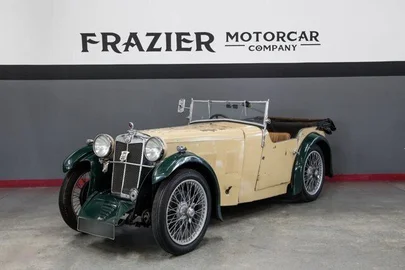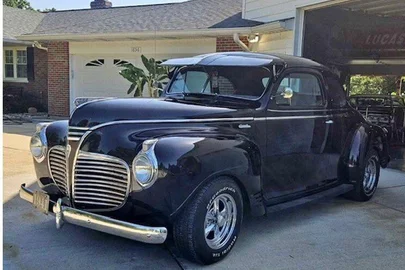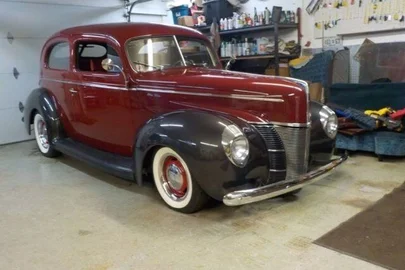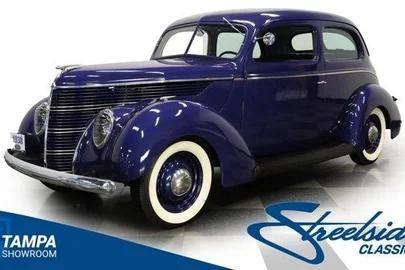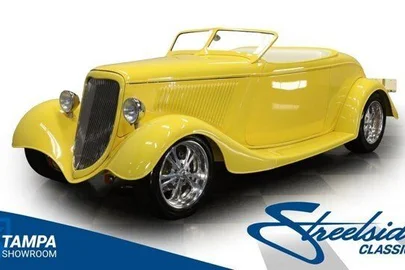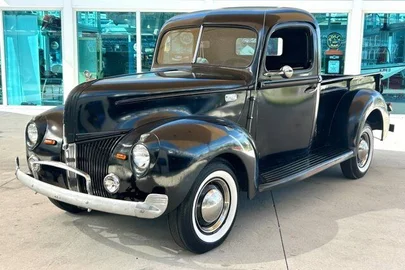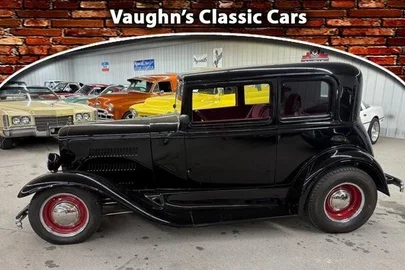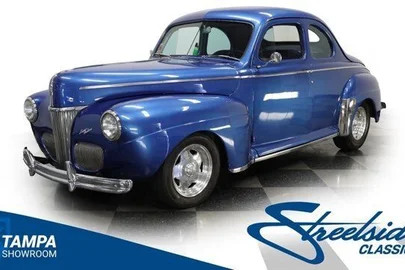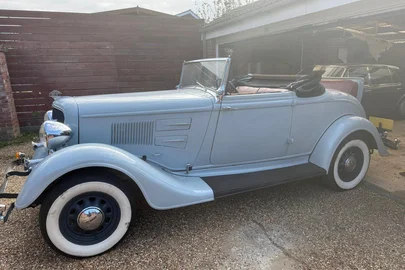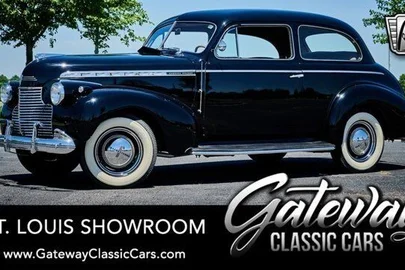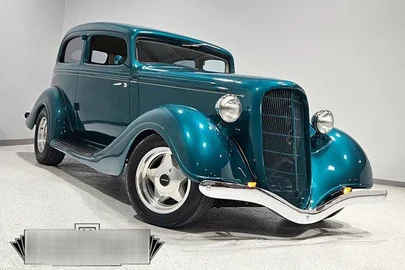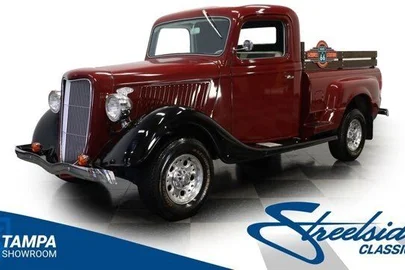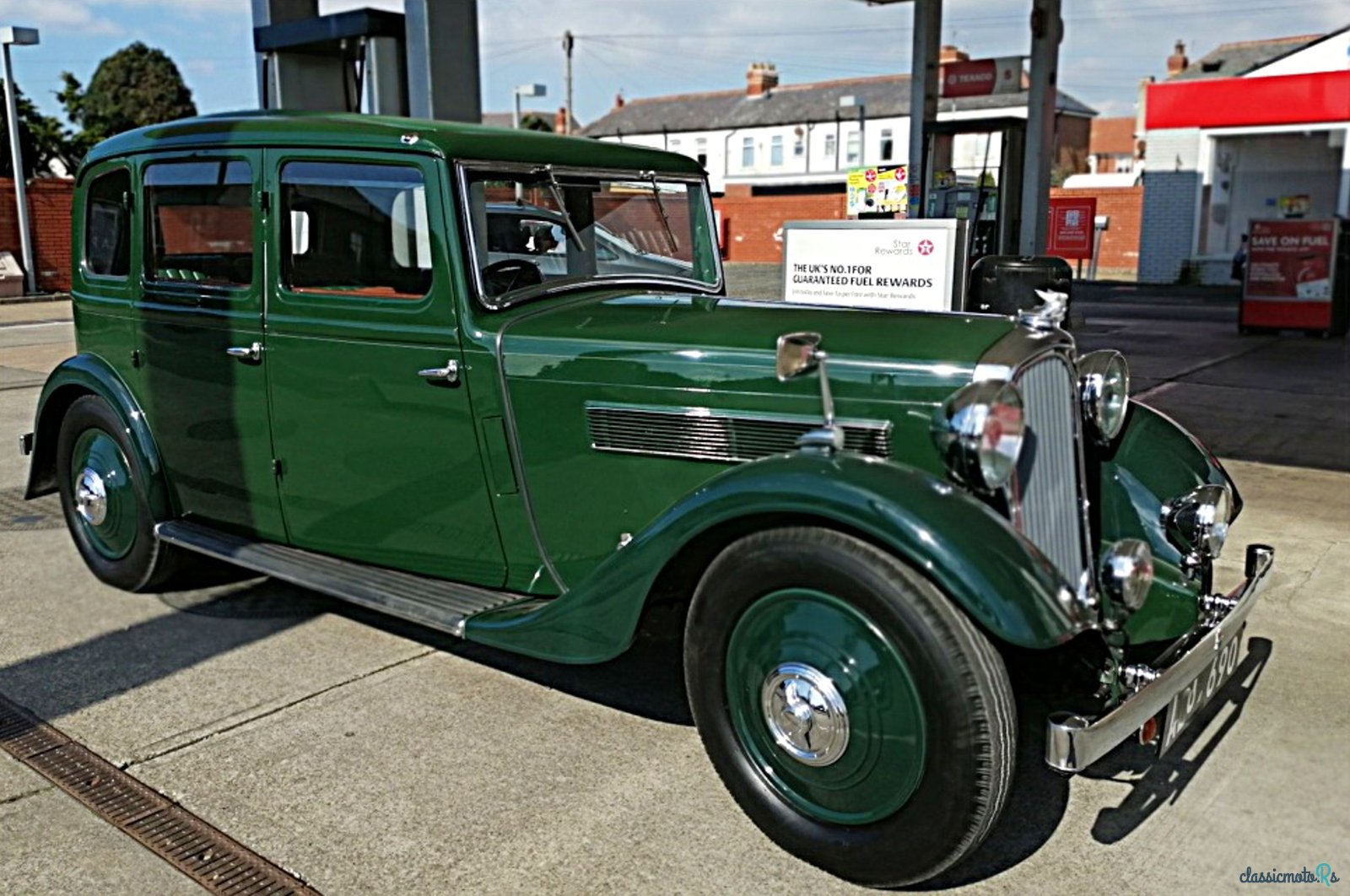
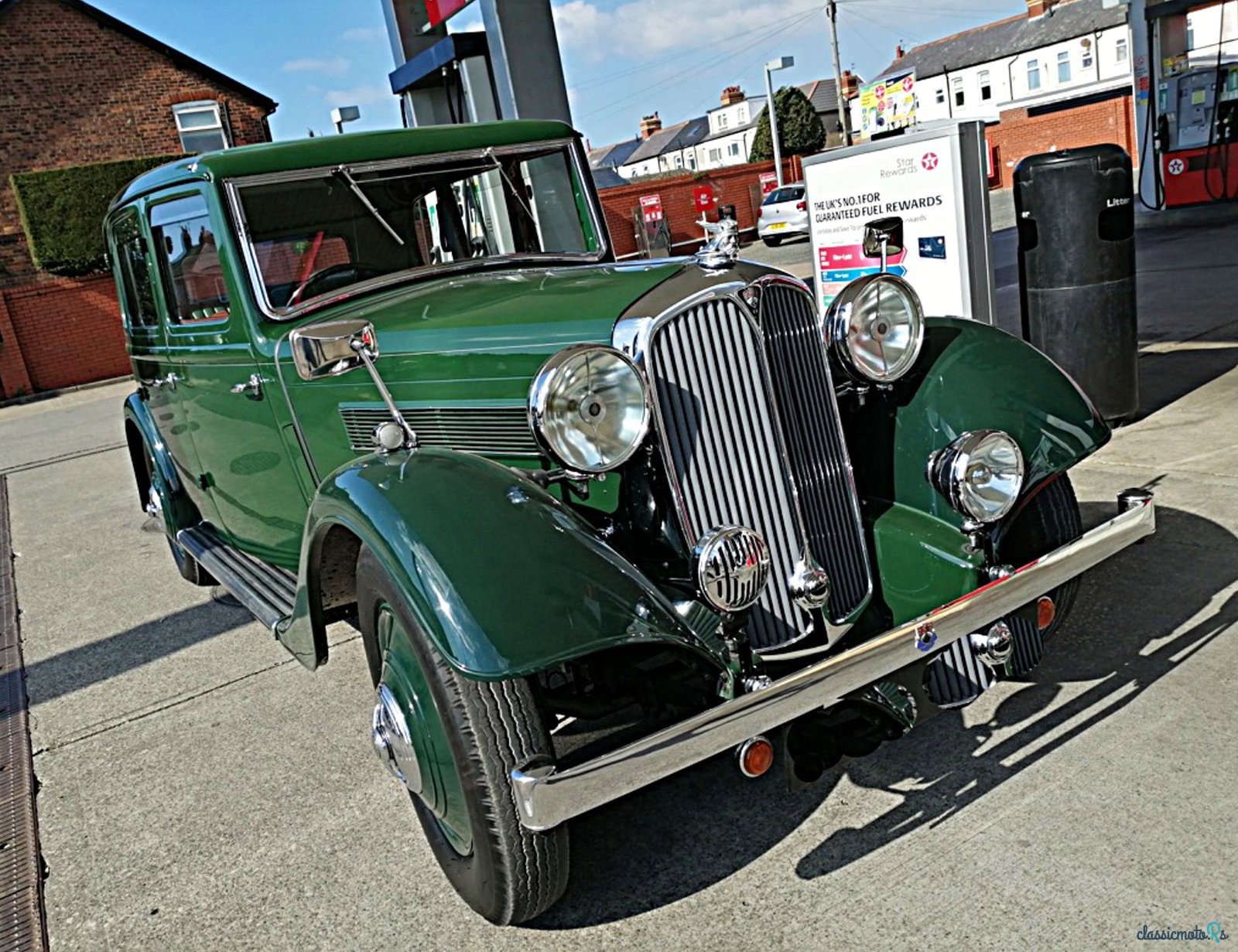
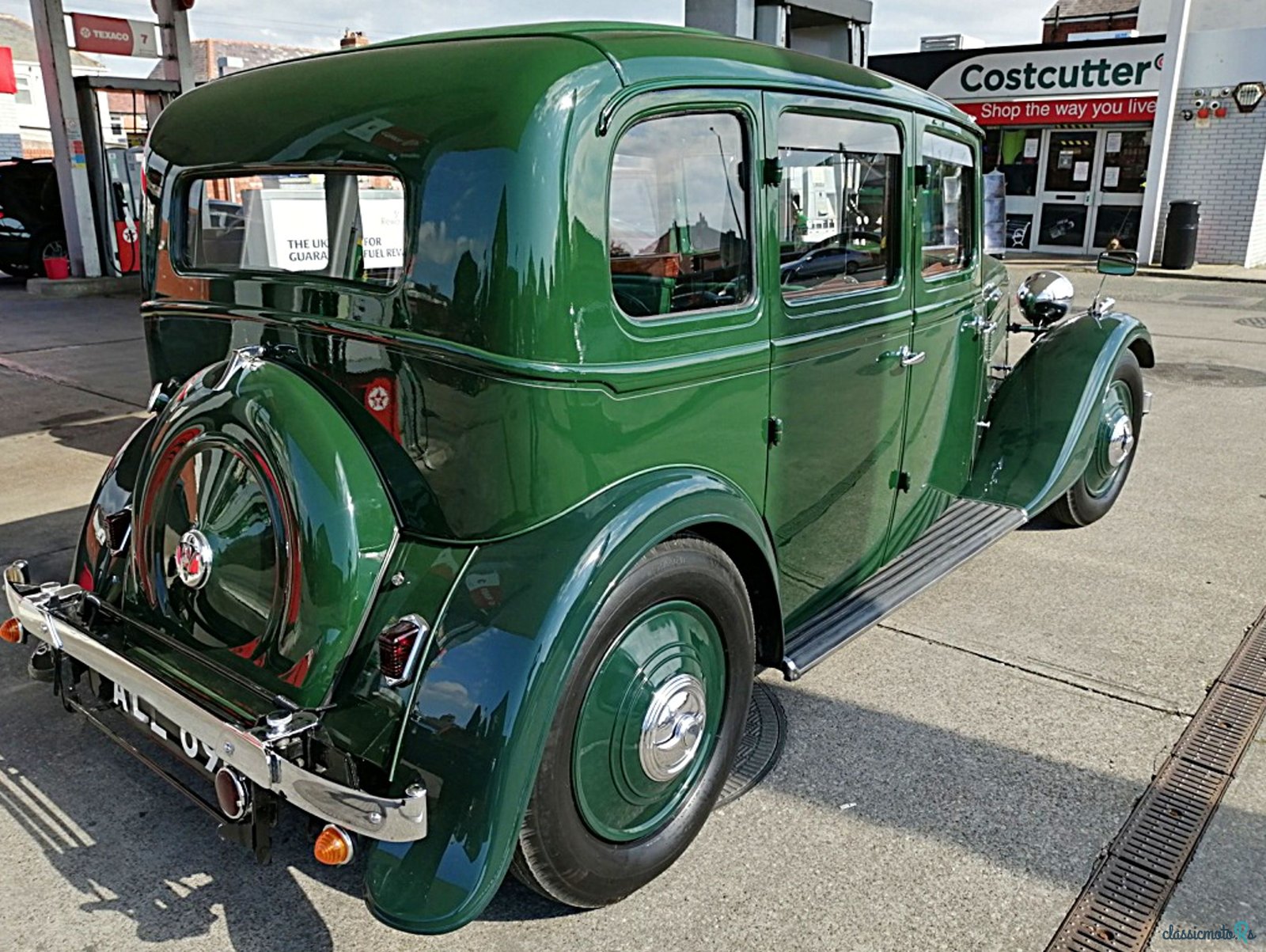
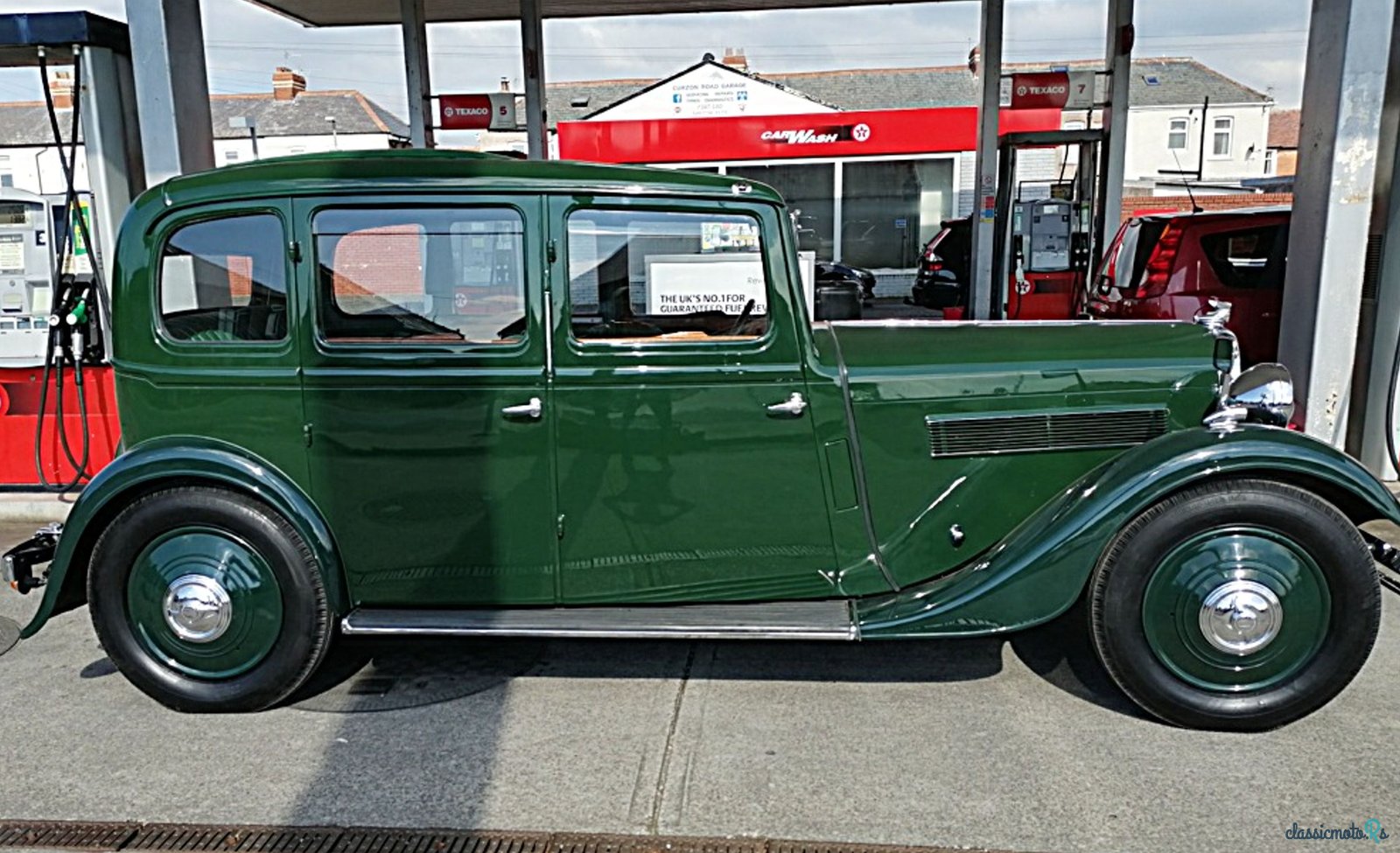
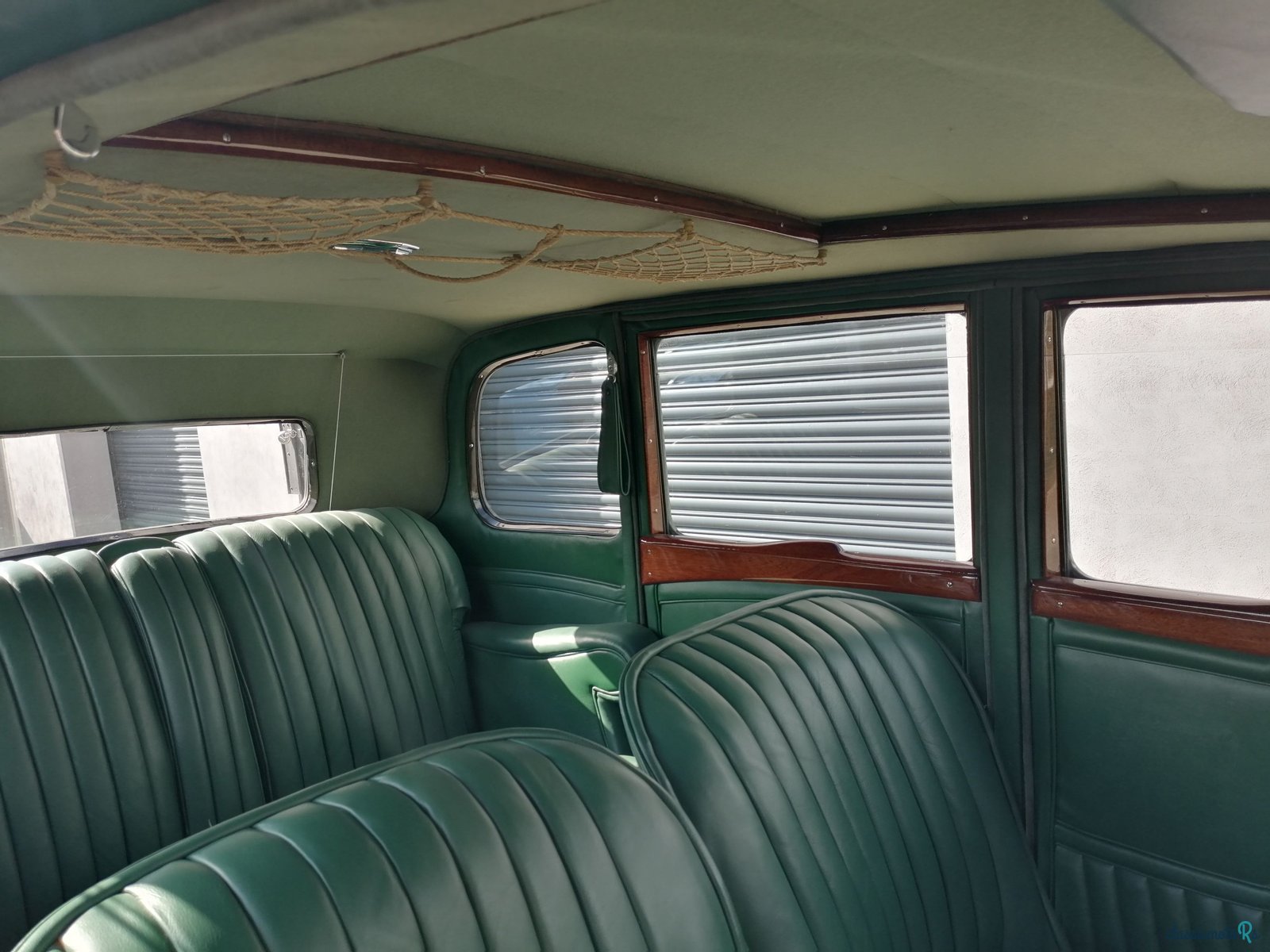
5 photos
1936' Rover Fourteen
Report This Ad!Rate This!Bookmark This
£29,995Published 30 March 2022ID: wHiWgP
Expired
3 years, 8 months ago
3 years, 8 months ago
Information from the owner
Age: 86 years
Seller's comments about 1936' Rover Fourteen
1936 Rover Fourteen 6-Light Saloon P1
Condition 1 Restoration - A museum showpiece.
A post-vintage Rover car of distinction and grace from the Golden age of British motoring.
If you want the best - this is it. Taken apart and rebuilt by skilled craftsmen, panels, paint, chrome, trim and wood restored to original condition. Fully detailed engine bay. You could not execute a professional restoration to this exacting standard for under £80, 000 today.
Will let the accompanying pictures speak for themselves. Needless to say it drives perfectly. A genuine Motoring Experience from a Bygone Era.
Matching numbers. Flawless interior and coachwork. Wire wheels covered by Easi-clean wheel discs. Flashing indicators, Sliding Sun Roof, Lucas Spotlight and External Horn, Rover Mascot (with spare rad cap) Free Wheel device.
Car is located in Lytham St Annes, Lancashire. Viewings anytime by appointment. Transport arranged at £1 pr/ mile (one way only charged) For more info on this remarkable find call John anytime on number in this ad.
Marque Info
The Rover Fourteen P1 was announced in early September 1933 to replace the interim Pilot 14. It had been seen previously by the public in prototype in the RAC Rally at Hastings as the competition winning Rover Speed Fourteen 4-door coupé.
The reviewer for "The Times" liked the car and commented that the passenger accommodation back and front was "unusually comfortable" and "wholly quiet". The car "looks well".
The B H Thomas six-cylinder ohv engine from the previous Pilot model, had a capacity of 1, 577 cc. Maximum power output of 48 bhp (39. 7 kW) at 4, 600 rpm, and a top speed of 111 km/ h (69 mph) were claimed.
However, from the summer of 1936 Rover customers wishing to combine the Fourteen's virtues with better performance could opt for the Rover Sixteen which combined the same body with a larger engine. This car has the 1701 cc engine fitted, according to the V5 DVLA logbook.
The car had no luggage compartment and the spare wheel and tyre were carried in a metal case positioned vertically above the back bumper with a fold-out luggage rack.
Civilian automobile production was interrupted in 1940 because of the war, but when the war ended in 1945, the Rover 14 returned to the market and remained available until replaced by the Rover 75 at the beginning of 1948.
Condition 1 Restoration - A museum showpiece.
A post-vintage Rover car of distinction and grace from the Golden age of British motoring.
If you want the best - this is it. Taken apart and rebuilt by skilled craftsmen, panels, paint, chrome, trim and wood restored to original condition. Fully detailed engine bay. You could not execute a professional restoration to this exacting standard for under £80, 000 today.
Will let the accompanying pictures speak for themselves. Needless to say it drives perfectly. A genuine Motoring Experience from a Bygone Era.
Matching numbers. Flawless interior and coachwork. Wire wheels covered by Easi-clean wheel discs. Flashing indicators, Sliding Sun Roof, Lucas Spotlight and External Horn, Rover Mascot (with spare rad cap) Free Wheel device.
Car is located in Lytham St Annes, Lancashire. Viewings anytime by appointment. Transport arranged at £1 pr/ mile (one way only charged) For more info on this remarkable find call John anytime on number in this ad.
Marque Info
The Rover Fourteen P1 was announced in early September 1933 to replace the interim Pilot 14. It had been seen previously by the public in prototype in the RAC Rally at Hastings as the competition winning Rover Speed Fourteen 4-door coupé.
The reviewer for "The Times" liked the car and commented that the passenger accommodation back and front was "unusually comfortable" and "wholly quiet". The car "looks well".
The B H Thomas six-cylinder ohv engine from the previous Pilot model, had a capacity of 1, 577 cc. Maximum power output of 48 bhp (39. 7 kW) at 4, 600 rpm, and a top speed of 111 km/ h (69 mph) were claimed.
However, from the summer of 1936 Rover customers wishing to combine the Fourteen's virtues with better performance could opt for the Rover Sixteen which combined the same body with a larger engine. This car has the 1701 cc engine fitted, according to the V5 DVLA logbook.
The car had no luggage compartment and the spare wheel and tyre were carried in a metal case positioned vertically above the back bumper with a fold-out luggage rack.
Civilian automobile production was interrupted in 1940 because of the war, but when the war ended in 1945, the Rover 14 returned to the market and remained available until replaced by the Rover 75 at the beginning of 1948.
